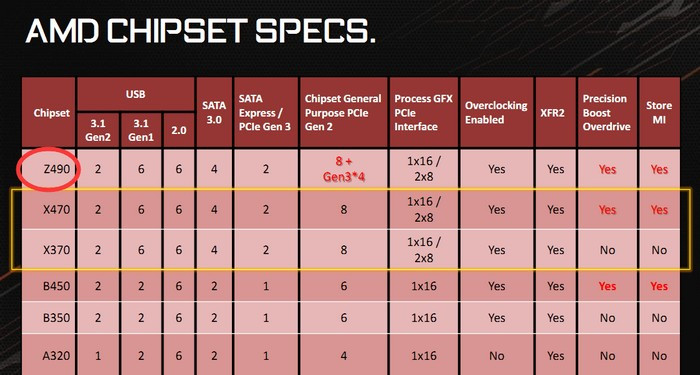

Select Graphics Properties > Multiple Displays.In desktop mode, right-click the Desktop.It stays the same regardless of the activity of the smaller (panned) screen. The view on the larger screen is not affected. As the cursor moves near the edge of the smaller screen, the view pans toward the cursor until you reach the edge of the full screen. While the cursor is within the zoomed-in area of the smaller screen, the cursor behaves as normal. On one of the display devices, select a resolution that is larger than the supported resolution for the display.Since the screens are different sizes, the mouse cursor may be at different positions on either screen. The smaller screen display corresponds to mouse cursor movement. Check with your computer manufacturer for information about multiple display support. An example is a laptop built-in display, or a TV that supports a fixed or limited resolution. When enabled, panning allows a high-resolution display on a larger screen while viewing a zoomed-in version on a smaller screen. See methods for how to enable 3-display mode. You can enable either extended desktop mode or clone mode while using 3-display. What is 3-display mode and how do I enable it?ģ-display mode is a configuration that allows you to have three displays active simultaneously. See methods for how to enable extended desktop mode. The displays can support different resolutions, color depth, and refresh rates. You can move applications from one display device to the other. With extended desktop mode, you get a larger Windows* desktop that spans multiple display devices. What is the extended desktop mode and how do I enable it? Settings for multiple displays What is clone mode and how do I enable it?Ĭlone mode is used to send the same content, resolution, and color depth to different display devices at different refresh rates. Yes, integrated and discrete graphics adapters can work in parallel. Check with your computer manufacturer for information on the supported multiple display configurations for your computer.Ĭan I install an external PCI Express* graphics card and use it in parallel with Intel® graphics?.Two or more display devices are connected.Laptops can have video output connectors on a docking station, port replicator, or through a special cable from the manufacturer. What are the system requirements for multiple display support? The Intel Graphics Driver supports the following multiple display configurations: It allows you to output the computer’s display to more than one display at the same time.

Multiple display, also known as multi-monitor or multi-display, is a feature supported by Intel® Graphics Drivers. About What is multiple display or multi-monitor?


 0 kommentar(er)
0 kommentar(er)
